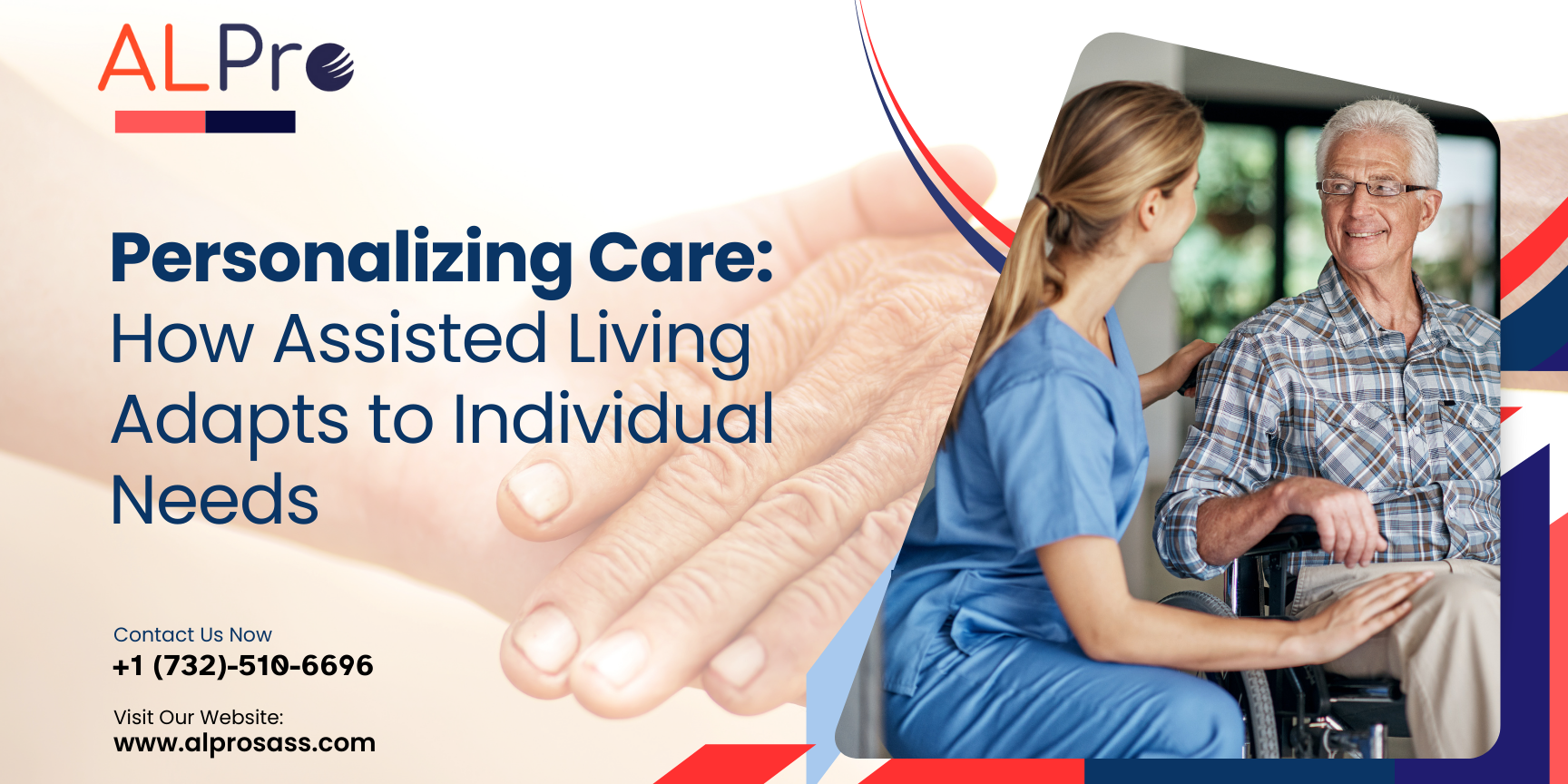How Assisted Living Adapts to Individual Needs

In today's world, where individuality and diversity are celebrated, assisted living communities are redefining care by focusing on personalized services that honor each resident's unique story, preferences, and needs. Far from a one-size-fits-all approach, these communities are creating environments that support physical, emotional, and cultural well-being, fostering a true sense of belonging for residents and their families.
This blog explores how assisted living facilities are innovating to deliver highly customized care, focusing on cultural inclusivity, personal preferences, and levels of care to ensure a fulfilling lifestyle for every resident.
1. Assessing Individual Needs: A Foundation for Personalized CarePersonalized care starts with a comprehensive assessment of each resident's needs, preferences, and goals. During the onboarding process, residents and their families collaborate with caregivers to outline:
Health requirements: Chronic conditions, medication management, mobility assistance, and dietary needs.
Daily routines: Sleep schedules, meal preferences, and activity levels.
Personal interests: Hobbies, social preferences, and leisure activities that bring joy and engagement.
This initial step ensures the development of a tailored care plan that evolves as the residents’ needs change over time.
2. Tailoring Levels of Care to Match Individual RequirementsResidents in assisted living communities require varying degrees of support, and personalization means meeting these needs without compromising independence.
Essential Assistance: Some residents need minimal support with tasks like dressing or meal preparation.
Comprehensive Care: Others require more intensive services, including mobility aid, memory care, or medical supervision.
By offering scalable services, residents can transition seamlessly as their needs evolve, reducing stress and enhancing quality of life.
3. Honoring Cultural Backgrounds and BeliefsFor many, cultural identity is an integral part of life, and assisted living communities are increasingly prioritizing inclusivity by:
Culturally Specific Dining Options: Meals tailored to religious or cultural preferences, such as vegetarian, kosher, or halal menus.
Celebrating Traditions: Organizing events and activities around cultural festivals or holidays, fostering a sense of connection.
Language Support: Employing multilingual staff or providing language-based programming to ensure communication and comfort.
These efforts preserve residents' cultural identities and create a more prosperous community atmosphere.
4. Creating Meaningful Experiences Through Personalized ActivitiesEngagement is key to maintaining mental and emotional well-being. Assisted living facilities work closely with residents to design activity programs that reflect their interests, such as:
Art and Music Therapy: Providing opportunities for creative expression tailored to personal preferences.
Social Events: From book clubs to movie nights, activities are aligned with residents' hobbies and comfort levels.
Physical Wellness Programs: Fitness routines like yoga, tai chi, or light aerobics are customized to individual abilities and health conditions.
These programs enhance happiness, reduce loneliness, and foster community bonds by aligning activities with residents' interests.
5. Customizing Living Spaces for Comfort and FamiliarityA personalized living environment can significantly impact a resident's comfort and well-being. Assisted living communities often allow residents to decorate and organize their rooms with familiar items, including:
Family photos and heirlooms.
Personalized furniture arrangements.
Religious or cultural symbols.
These touches ensure the space feels like home, promoting comfort and emotional security.
6. Partnering with Families to Enhance PersonalizationFamilies are crucial in helping assisted living communities understand a resident's background and preferences. By maintaining open communication, facilities can adapt services to meet residents' evolving needs. Regular family involvement, such as attending care meetings or providing input on routines, fosters trust and ensures care plans remain effective.
7. Leveraging Technology for Tailored CareInnovation is also driving personalization in assisted living. Modern facilities use technology to:
Track Health Metrics: Smart devices monitor residents' vitals and alert staff to changes, enabling proactive adjustments to care plans.
Facilitate Communication: Video calls and social platforms keep residents connected with family, enhancing emotional support.
Offer Interactive Programs: Virtual reality experiences or online classes cater to residents' diverse interests and capabilities.
By embracing a person-centered approach, assisted living communities transform care delivery. From individualized health plans to culturally inclusive environments, these facilities are setting new standards for respecting and celebrating their residents' unique identities.
For families exploring assisted living options, the key is to look for communities that prioritize personalized care, ensuring that their loved ones feel supported, empowered, and at home.
Personalization isn't just about providing care, it's about honoring lives, stories, and individuality. By doing so, assisted living communities help residents lead vibrant, meaningful lives while maintaining their independence and dignity.
